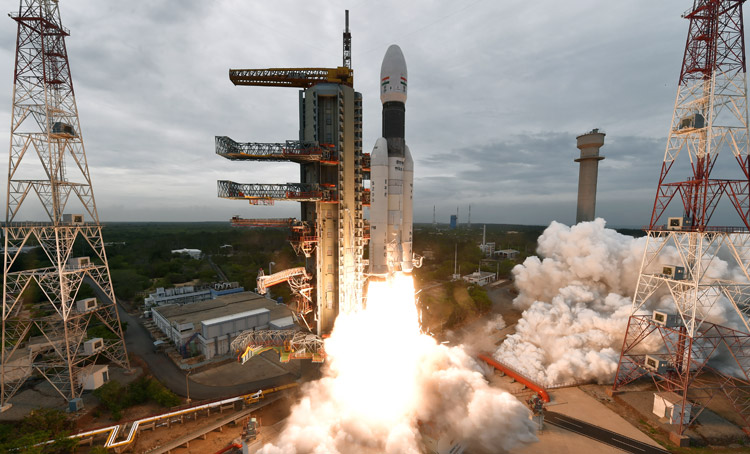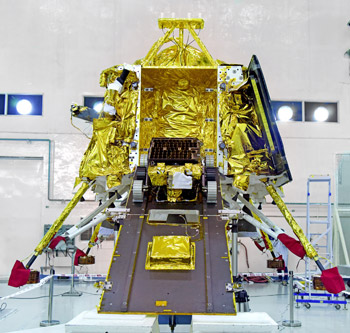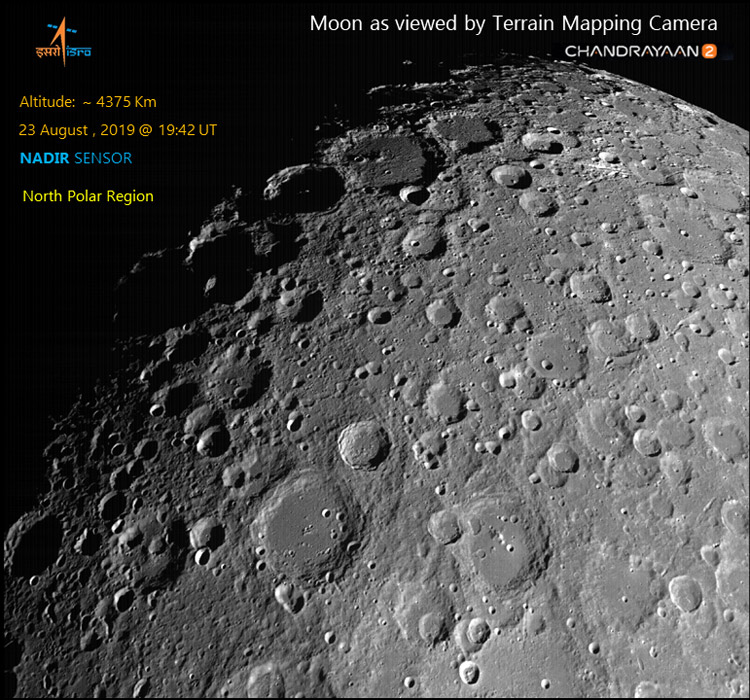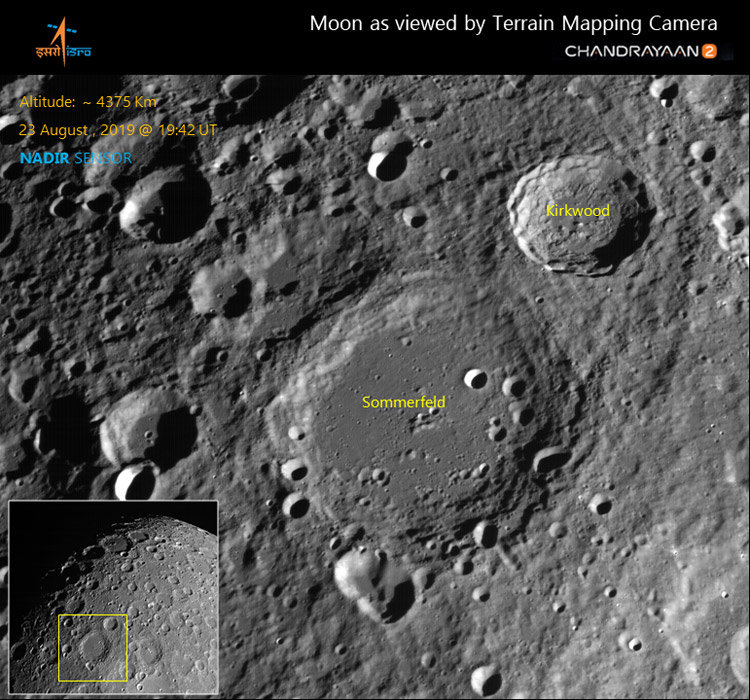INDIAN ARMED FORCES CHIEFS ON OUR RELENTLESS AND FOCUSED PUBLISHING EFFORTS

The insightful articles, inspiring narrations and analytical perspectives presented by the Editorial Team, establish an alluring connect with the reader. My compliments and best wishes to SP Guide Publications.

"Over the past 60 years, the growth of SP Guide Publications has mirrored the rising stature of Indian Navy. Its well-researched and informative magazines on Defence and Aerospace sector have served to shape an educated opinion of our military personnel, policy makers and the public alike. I wish SP's Publication team continued success, fair winds and following seas in all future endeavour!"

Since, its inception in 1964, SP Guide Publications has consistently demonstrated commitment to high-quality journalism in the aerospace and defence sectors, earning a well-deserved reputation as Asia's largest media house in this domain. I wish SP Guide Publications continued success in its pursuit of excellence.
Beyond Chandrayaan 2
 |
The Author is Former Director General of Information Systems and A Special Forces Veteran, Indian Army |

Entire India was glued to the TV sets and mobiles viewing the live-streaming of the Chandrayaan 2 mission, particularly the moon landing being aired from 1130 pm on September 6 into the wee hours of the next day. The excitement grew timed with the lander 'Vikram' detaching and going for the landing. Never had India collectively responded to a scientific mission in this manner, which began with the launch of Chandrayaan 2 from Sriharikota on July 22 Prime Minister Narendra Modi was present in the mission control room to witness the historic moon landing. Chandrayaan 2 mission's orbiter was already well established in an orbit around the moon. Vikram, carrying the rover 'Pragyan' was to soft-land on the lunar surface in an area never ventured earlier. However, despite a perfect start to the powered descent of Vikram, it lost contact soon minutes before touchdown, causing disappointment. Chandrayaan-1 orbiter launched more than a decade ago had discovered water on the moon first time ever. Chandrayaan 2 was to be launched much earlier with a lander to be provided by Russia, but Russia backed out eventually because of some technicalities. Thereafter ISRO decided in 2013 to go wholly indigenous. Of the 13 payloads of Chandrayaan 2, eight are in the orbiter, which include Terrain Mapping Camera, Atmospheric Compositional Explorer, and Dual Frequency Synthetic Aperture Radar for high-resolution mapping of the polar region as well as an estimation of water-ice on the lunar surface. These payloads could further refine and advance scientific knowledge about the presence of water and other mineralogical resources. So, some scientific goals of the mission are still being met. The Vikram-Pragyan combo (both indigenously developed) were headed for spot near moon's south pole that other nations are eyeing for its reservoirs of frozen water that is indispensable for a future moon base.

Chandrayaan's soft moon landing was a test-bed for testing a number of new technologies in navigation, guidance, control, onboard autonomy, precision sensors, throttleable liquid engines, thermal control, robotics, communication links and landing strategies - all crucial for future missions of ISRO. Had the Vikram lander and the Pragyan rover soft landed successfully, they would have had 14 Earth days (one lunar day) to conduct scientific experiments before the harshness of the lunar night fell. ISRO finally located Vikram on the moon surface through the orbiter. Vikram was found 'intact' in one piece, unlike the 'Beresheet' lander by Israel's SpaceIL which crash landed on the moon in January this year and broke. When contact was lost with Vikram, it was travelling at 50-60m per second (180-200 km/h). It was decelerating, but not fast enough to slow down to a speed of 2m per second (7.2 km/h) that was required for a safe landing. Vikram was designed to absorb the shock of an impact even at 5m per second (18 km/h). However, it could not decelerate to the required speed, and so is now not in an upright position as required with the antenna pointing towards the orbiter in order to be in communication. The orbiter has a life of seven and a half years and ISRO is in touch with NASA also but reestablishing contact with Vikram appears impossible unless a chance in a million of a lunar storm pointing Vikram's antenna towards the orbiter.


For the common man to generally understand the intricacies and the effort put in by ISRO for the Chandrayaan 2 mission, the Bollywood movie 'Mission Mangal' should be a must watch. In actual, success of Chandrayaan 2 can be measured from: using low power GSLV rocket for catapulting a space vehicle into moon orbit using the Earth's gravitation as the motive force that was never attempted by any country including the US; successfully developed telemetry required to monitor and control 3-axis motion very precisely, at interstellar distances, where telemetry signals, travelling at the speed of light, take several seconds to traverse the distances involved; mastered injection of space vehicles into orbits of space objects other than own planet requiring precise mathematics and velocity control at great distances for not spinning away from the orbit or not crashing into other space object, and; mastered command module and lander module separation and autonomous operation of the lander module albeit failed in landing lander Vikram but telemetry data to obtain insight into the reason for failure and set it right for next moon mission. US, Russia and China have already landed on the moon. Soft-landing technology has been successfully tested by the European Space Agency through a probe on a faraway comet few years ago, and Japan has successfully carried out landing and return to an asteroid millions of km farther away from the moon.
ISRO's next moon mission is likely to be bigger and better than Chandrayaan 2. This may also include bringing back samples from the moon's polar region. For this next moon mission, 'Lunar Polar Exploration', ISRO will be tying up with the Japan Aerospace Exploration Agency (JAXA). This joint ISRO-JAXA mission is likely to be implemented in 2024. China is going full speed to become a space superpower; having successfully sent human on space flights, soft-landed on the moon first time ever on far side of the moon in January 2019, plans to send humans to the moon and is establishing a permanent space station. India plans to catch up as well with Chandrayaan-I and orbiter of Chandrayaan 2 operational. The first Indian manned space flight 'Gaganyaan' is slated for 2022 and there are plans to set up a space station by 2030. A successful soft-landing on the moon in conjunction Japan (Chandrayaan 3) in between (2024) would greatly elevate India's position in the space technology race.





